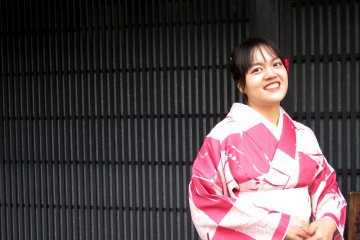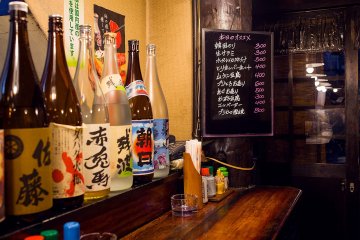
Kyoto Railway Museum Opens
Amanda HoAnyone who has rode a train in Japan has a story to tell. What makes Japanese trains different? The Kyoto Railway Museum, formerly known as the Umekoji Steam Locomotive Museum, opened last Friday to much fanfare.

The Kyoto Railway Museum opened to the public on April 29, 2016, and is an opportunity to experience Japan's progress in modernization through its railway history in the city of Kyoto, where tradition is both valued and innovation is sought to continue.
The basic concept of the museum is to become the "" center of the railway culture that advances along with its community.
As a holistic railway museum, a multitude of cultural activities are offered, which not only delight railway fans, but also help visitors to deepen their understanding of the railway. This includes the design of subject areas in which one can find out about the safety and technology of the railway. In addition, guided tours by the museum staff and workshops prepared by JR-West staff.
5-minute walk from Umekoji-Kyotonishi Station
20-minute walk from Kyoto Station
5-minute bus ride from Kyoto Station via bus no. 103, 104, 110, 86, or 88.

Anyone who has rode a train in Japan has a story to tell. What makes Japanese trains different? The Kyoto Railway Museum, formerly known as the Umekoji Steam Locomotive Museum, opened last Friday to much fanfare.

Learn all about trains and their history with this awesome new railway museum in Kyoto

This year marks the 80th anniversary of the original publication of The Railway Series, the stories that introduced Thomas the Tank Engine and his locomotive friends to the world. Fans can celebrate all things trains at the Kyoto Railway Museum during an upcoming exhibition.

The RIHGA Royal Hotel Kyoto completed a full-scale renovation in September 2016.

I have been to Kyoto a dozen times, but it is only now when it has sunk in, as to what this place is all is about.

The streets of Toji are like the Shitamachi of Kyoto. It is only 6 minutes from the Glass Tower of Kyoto Station, but it is like stepping back to another lifetime.

The names given to Wagashi are invariably connected with nature and the changing seasons.


Onishi offers an intimate and authentic Japanese dining experience, just minutes from Kyoto Station.

Kyoto Aquarium is located on the edge of Umekoji Park near Kyoto Station. The aquarium features 9 zones including penguins, seals and dolphin shows.

Nishi Hongan-ji is a large Buddhist temple west of Kyoto train station. Together with Higashi Hongan-ji, together with Nishi Hongan-ji, it is one of the two temple complexes of Shin Buddhism in Kyoto. It currently also serves as the main temple of the Jodo -Shin sect, one of the largest Buddhist sects in Japan with over 10,000 sub-temples across the country and 200 temples overseas. Built in 1591 by Toyotomi Hideyoshi, the building is a great example of the architecture of the Momoyama Period and the Early Edo Period. The two largest structures by Nishi Hongan-ji are the Goeido Hall, the largest wooden structure in Kyoto, and the Amidado Hall. Nishi Hongan-ji is also one of the 17 UNESCO World Heritage Sites in Kyoto. A small Japanese garden called Shoseien is a few blocks east of Higashi Hongan-ji. Nowadays the garden with its pond and the particularly beautiful autumn colors is open to the public.

The Toji Temple is one of the original three Buddhist temples that were built in Kyoto at the beginning of the Heian period. In the year 796, the Toji Temple was built together with the Sai-ji and Shingon-in temples. Unfortunately, Toji Temple is the only one that has survived to this day. The historic 5-story pagoda building is home to several significant artifacts and treasures, which resulted in Toji Temple being recognized as a UNESCO World Heritage Site. About thirty years after the temple was built, Kobo Daishi, the founder of the Shingon sect of Japanese Buddhism, was appointed high priest of Toji, and the temple became one of the most important Shingon temples alongside the sect's headquarters on Mount Koya.